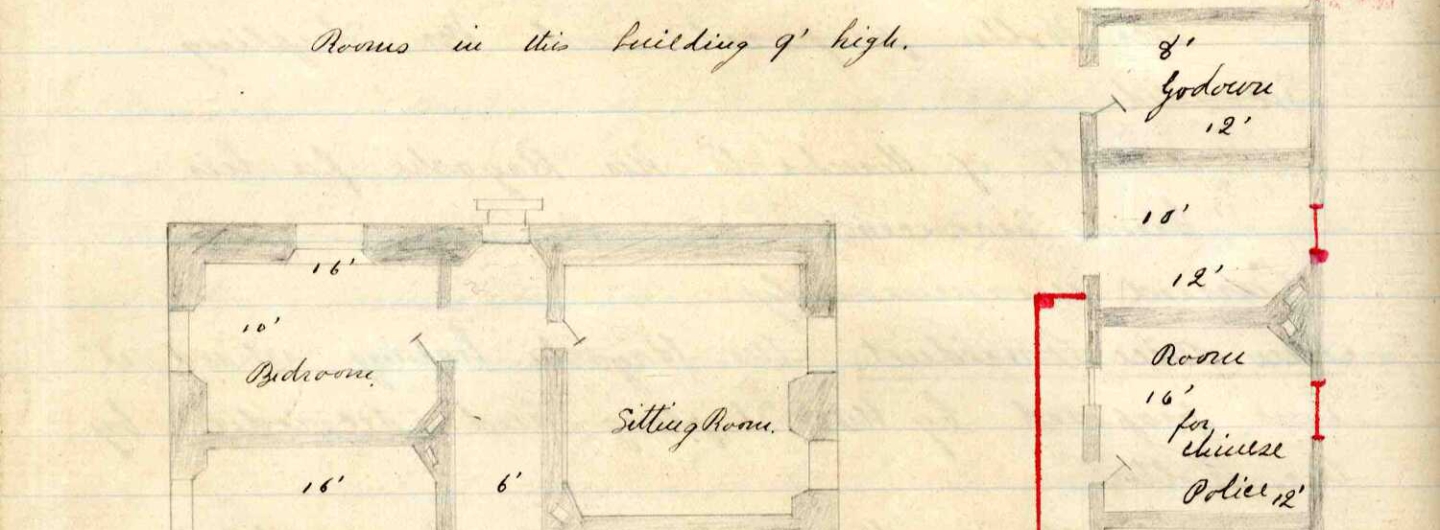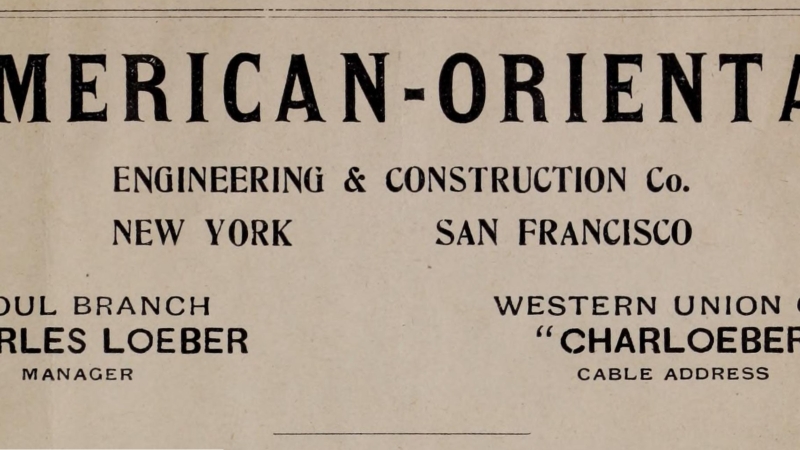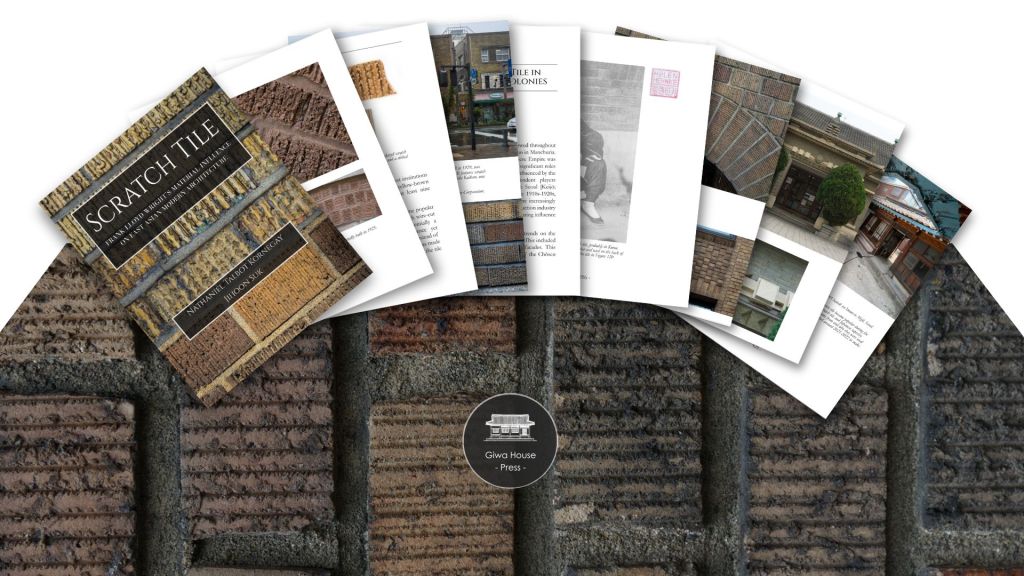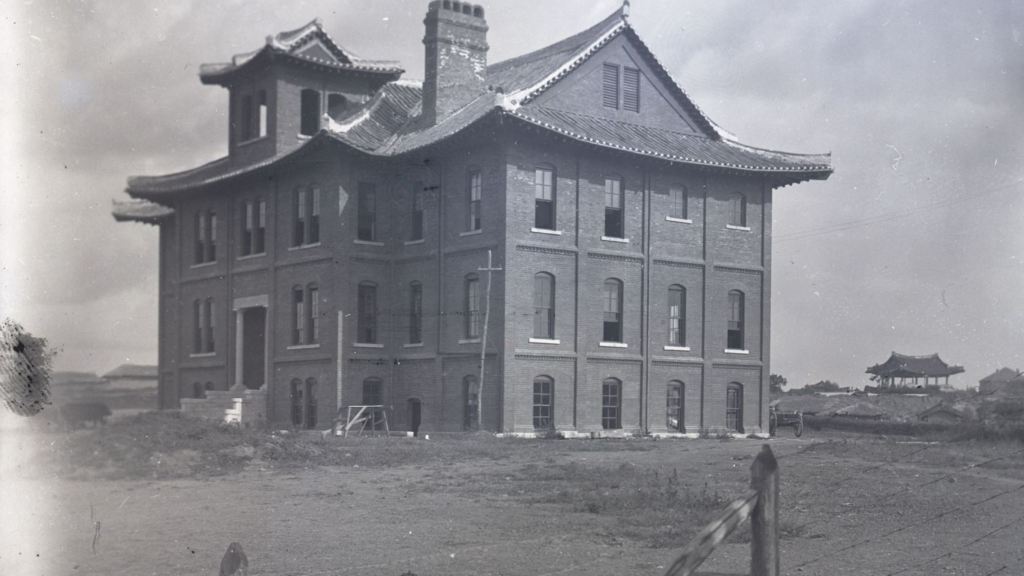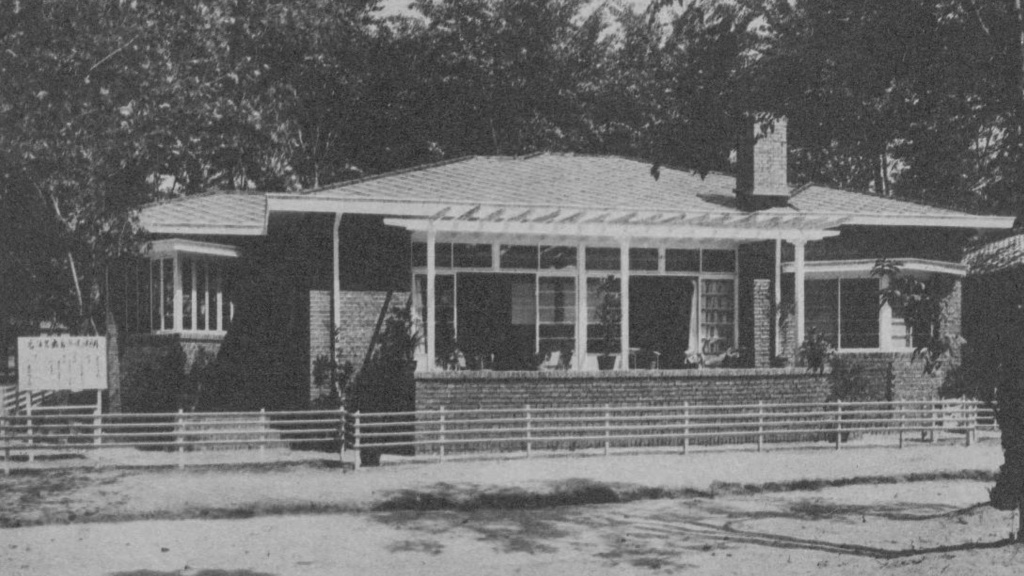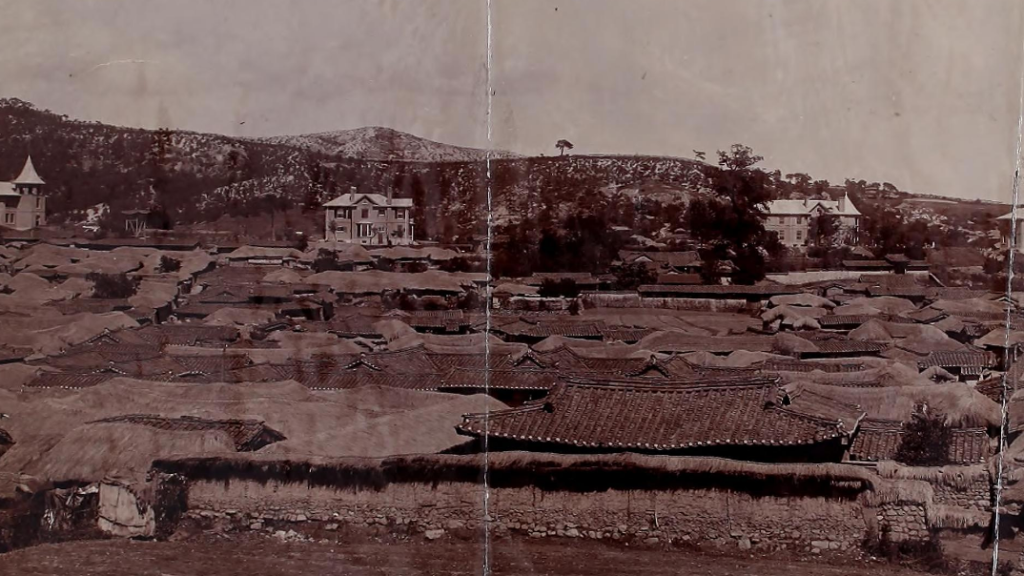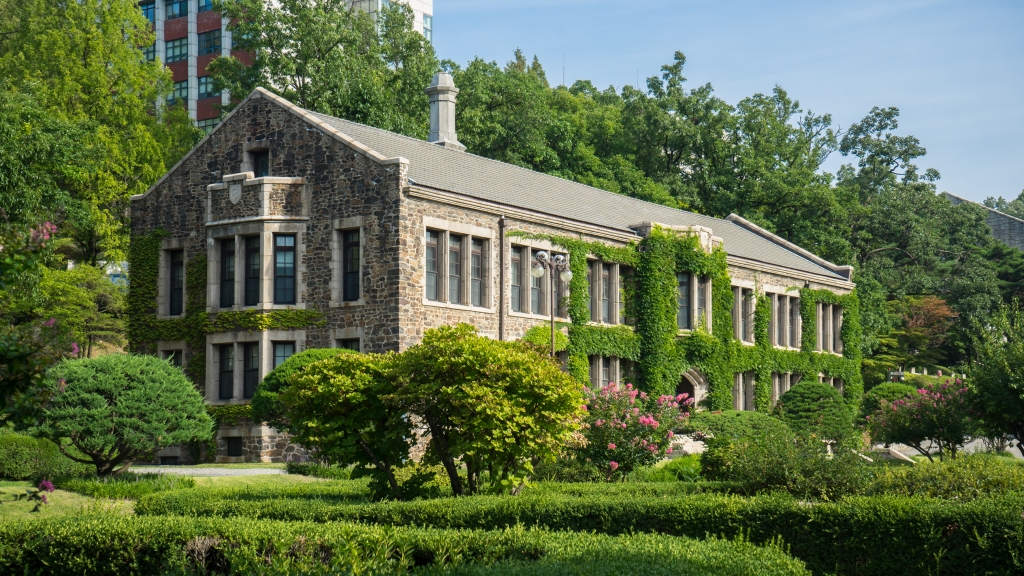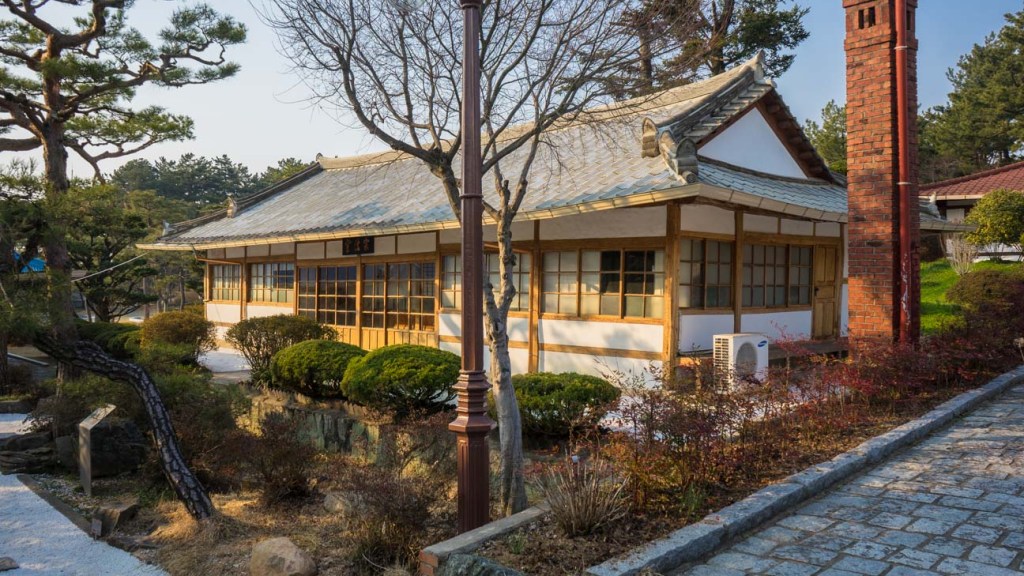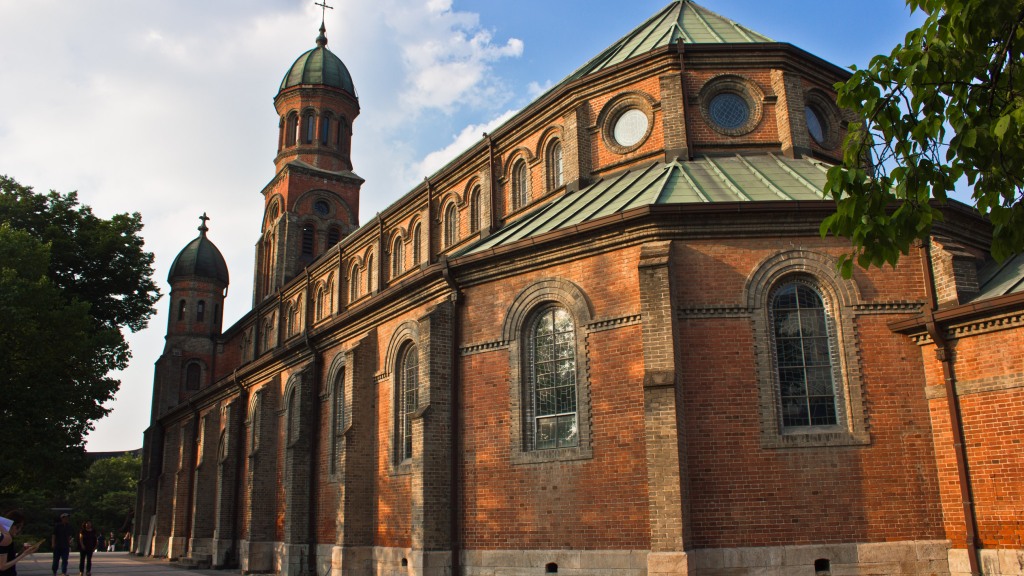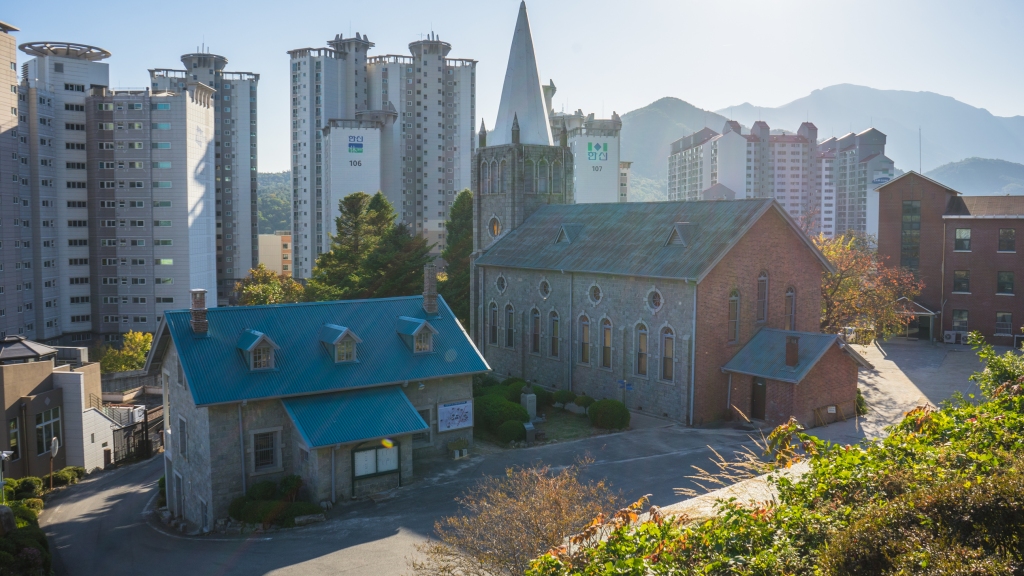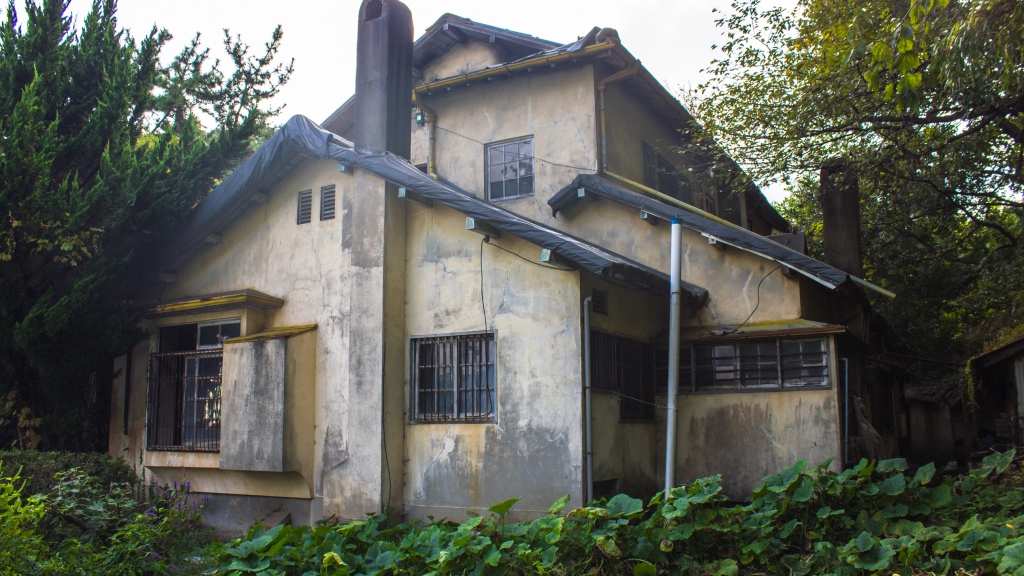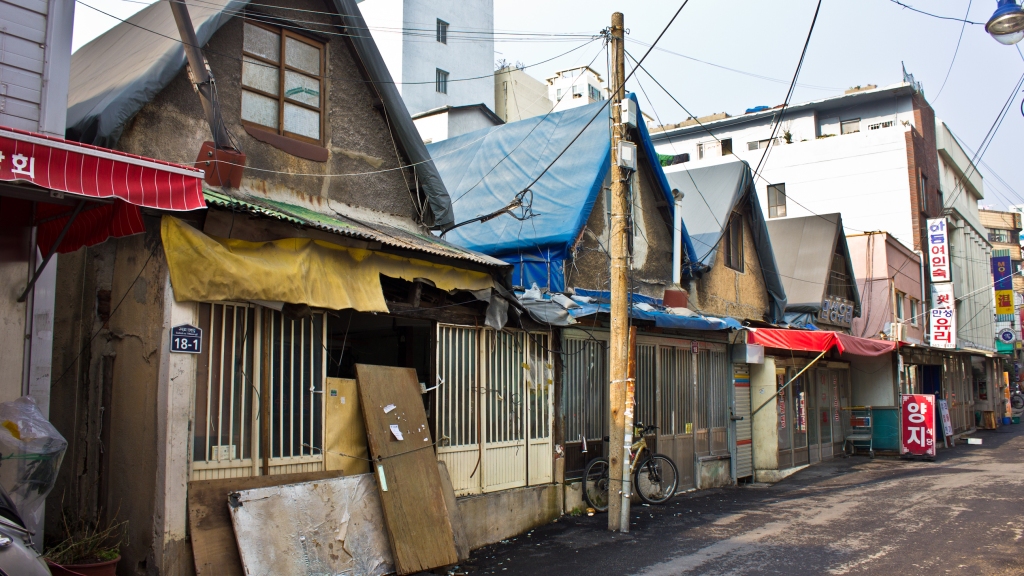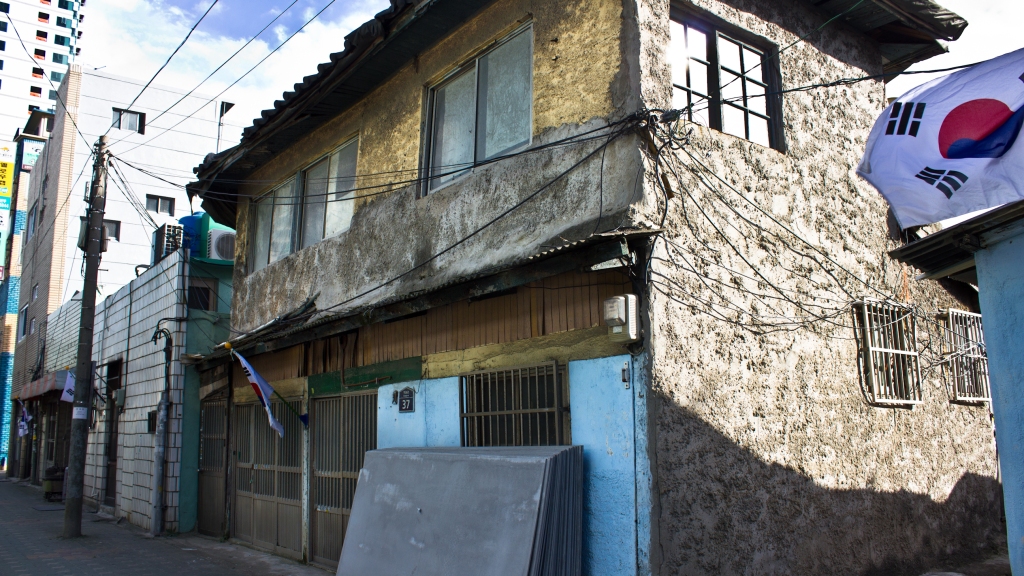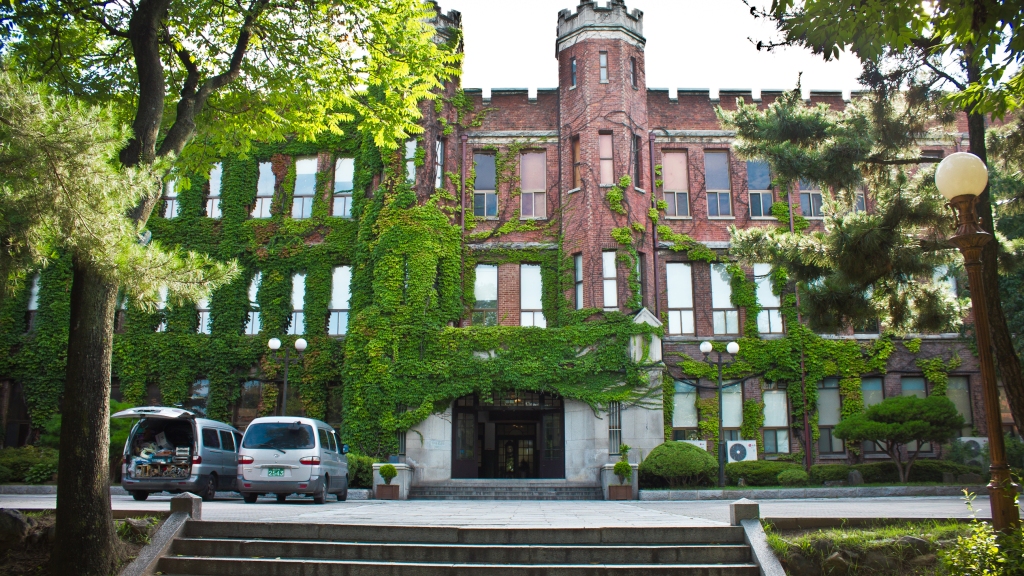Latest Posts
{News} Scratch Tile Publication
Dear Colonial Korea readers, For years I’ve been collecting data on scratch tile, a textured architectural tile used on modernContinue Reading
Cultural, Practical, and Regulatory Influences on Early Modern Building Typologies and Floor Plans in Korea (1880s-1910s)
Building typologies at the outset of Korea’s opening in the nineteenth century widely varied between rudimentary and engineered. Cultural influenceContinue Reading
The Bairds’ Contributions to Building Design in 1910s Pyongyang
Explore missionary building design and construction in Volume 95 of Transactions, published this year (2021) by the Royal Asiatic Society,Continue Reading
Edwin Parker Overmire’s Lost Seoul Central Church Design (1905-1913)
It was almost the summer of 1905 when the Minneapolis Journal published a brief paragraph describing a local designer’s newContinue Reading
The American Oriental Engineering and Construction Company (1910s)
The American Oriental Engineering and Construction Company was a building products supplier of sorts founded in Seoul in the earlyContinue Reading
Culture House Thought in Colonial Korea (1920s-1940s)
By the 1920s, Korea’s urban spaces had become aesthetically diverse. Remaining buildings typified by nineteenth century East Asian open-port architecture,Continue Reading
The Architecture of Henry Bauld Gordon in Korea (1899-1905)
In certain academic and religious circles, architect Henry Bauld Gordon (1854-1951) has been recognized as having a noteworthy role inContinue Reading
Building the Daegu Hospital (1903-1907): A Study on the Construction and Design of Early Western-Korean Hybrid Architecture
Explore the literal rise and fall of the Presbyterian mission’s first modern hospital building at Daegu in Volume 94 ofContinue Reading
Chosen Christian College (1910s-1950s)
When American collegiate architectural design arrived in Korea in the 1910s, architecture built according to actual Western construction methods hadContinue Reading
Building the Seoul YMCA (1900s-1910s)
One of the earliest references to Korea getting a modern, dedicated association building was printed in an annual report forContinue Reading
The Life and Times of Harry Chang: Builders in Early Modern Korea (1880s-1910s)
At the turn of the twentieth century, Seoul was filled with a variety of contractors and craftsmen from abroad. TheContinue Reading
Auguste Joseph Salabelle: Gojong’s Little-Known French Architect (1888-1891)
UPDATE – October 12, 2019: This essay is now better described as a collaborative text, having been updated with contentContinue Reading
Real Estate in Early Modern Korea (1884-1910)
Land and property ownership in Korea between the 1880s-1900s was somewhat chaotic. Due in part to locals’ unpreparedness, the situationContinue Reading
The Architectural Roots of Myeongdong Cathedral
Explore the origins of Seoul’s most iconic religious structure in Volume 93 of Transactions, published this year by the Royal AsiaticContinue Reading
Modifying Joseon Architecture (1884-1905)
The Westernization of Korean buildings in the late nineteenth century was not a planned stylistic shift, nor was it anContinue Reading
The Influence of Giyōfū Architecture and 19th Century Japan on Early Modern Korea
Almost a decade after Charles M. Dyce characterized the compradoric style of Chinese open ports, a Japanese art critic coinedContinue Reading
The Compradoric Style: Chinese Architectural Influence on Early Modern Korea
Beginning in the mid-nineteenth century, the building and infrastructural demands of Western merchants on the Bund at Shanghai gave riseContinue Reading
Tatsuno Kingo: The Face of an Empire
Early modern architecture in Japan went through a series of distinct phases. One of these phases was a certain kindContinue Reading
Traces of the Imperial Crown Style in Colonial Korea
The Imperial Crown Style was a genre of Japanese modernist architecture generally found in 1930s-1940s government buildings. It appears toContinue Reading
The Chosun Hotel
Once called “the Ritz Hotel of the Far East”,1 the Chosen Hotel was, for a time, the last word inContinue Reading
Early Modern Brick and the Perforated Qing Cross
Before the rise of reinforced concrete, brick was the heart and soul of many an early modern building in Korea.Continue Reading
The Comfort, Construction, and Social Views of Common Homes in Colonial Korea
The period of Japanese imperialism was one of architectural experimentation. As architects came to find out, some of the WesternContinue Reading
Hanok in Japan, Korean Architecture Abroad
Over the course of Korea’s colonization, the construction of thousands of machiya and other Japanese clapboard buildings altered Korea’s traditionalContinue Reading
Art Deco Architecture in Korea
Art Deco architecture in Korea, which came during the colonial period, is an extremely understudied topic. Some are of theContinue Reading
Railway Quarters
The birth of Korea’s railways has been commented on by a number of Westerners living in Korea, including missionary doctorContinue Reading
Yeosu
Situated in the middle of Korea’s southern coastline, the micro-peninsula of Yeosu was heavily influenced by Japanese settlers and WesternContinue Reading
Suncheon
At the end of the 19th century, the area around Suncheon had long been known as an important military andContinue Reading
Gampo
Korea’s eastern coastline is home to a number of port villages that were developed by migrant Japanese settlers during theContinue Reading
Mokpo
A small ocean-side village sat on the tip of the South Jeolla province during the Joseon period. Estimated as having only eighty householdsContinue Reading
Iksan
Iksan was established as a colonial town in the middle of the Honam breadbasket at the turn of the twentiethContinue Reading
Jeonju
The decade prior to Jeonju’s modernization was fraught with turbulence and disorder. Like the entire nation of Joseon itself, JeonjuContinue Reading
Gunsan
Gunsan was the most important port in the Honam region in the early 1900s. It developed so quickly that itContinue Reading
Ganggyeong
Ganggyeong-eup was an important colonial river port during the Japanese occupation. As industrialization swept the peninsula in the 1960s andContinue Reading
Ulsan
Perhaps no other city in Korea has seen as much change in architecture and infrastructure as Ulsan, for only oneContinue Reading
Masan
Masan was a small agricultural and fishing village when it opened to foreign trade on May 1st, 1899. Though itsContinue Reading
Samnangjin
Samnangjin contained one of the biggest docks on the Nakdong River during the Joseon period. Positioned just south of Miryang,Continue Reading
Miryang
Miryang sits in a basin made by the Nakdong River which, though fairly mountainous, is just above an important plainContinue Reading
Jinhae
Strategically placed in the middle of a natural harbor, and even further protected from possible Russian naval attacks by theContinue Reading
Cheongdo
Cheongdo The county of Cheongdo (Cheongdo-gun) was named centuries before Korea’s early modern period back in 1343. Its modern administrativeContinue Reading
Gadeokdo
Despite being set apart from the rest of Busan, the island of Gadeok-do actually falls under the jurisdiction of theContinue Reading
Busan (7)
Gangseo-gu In 1927, socialist writer Cho Myeong-hui described the Nakdong River as being “the mother’s milk of many lives” inContinue Reading
Busan (6)
Nam-gu The majority of the hill houses in Uam-dong and Munhyeon-dong appear to be from the 1960s, with perhaps a handfulContinue Reading
Busan (5)
Dong-gu OverviewChoryang was a fishing village, which was reportedly ‘“difficult to walk about in the fishing season because of itsContinue Reading
Busan (4)
Seo-gu In the early 1900s, the West New Town project that was developed inside present day Seo-gu and part ofContinue Reading
Busan (3)
Jung-gu Present day Jung-gu roughly occupies what was the exclusive Japanese concession in Busan. (This included Nampo-dong, which got itsContinue Reading
Busan (2)
Yeongdo After the port’s opening in 1876, the lands in the northern part of the island of Yeongdo, formerly knownContinue Reading
Busan (1)
A Word About Busan and the Events Surrounding Its Opening (1850-1876) Prior to the city’s official naming in 1910, theContinue Reading
Daegu (2)
Jung-gu Continued… Namsan-dong About a block south of Seomun Market Station (Exit 3) on the Green Line is Namsan ElementaryContinue Reading
Daegu (1)
Any discourse on the colonial modernization of Daegu must be centered around the construction of Daegu Station and the dismantlingContinue Reading
Jinju
Jinju is a very old city. Touted as having a thousand-year history, it used to be known as Goryeonggaya prior toContinue Reading

